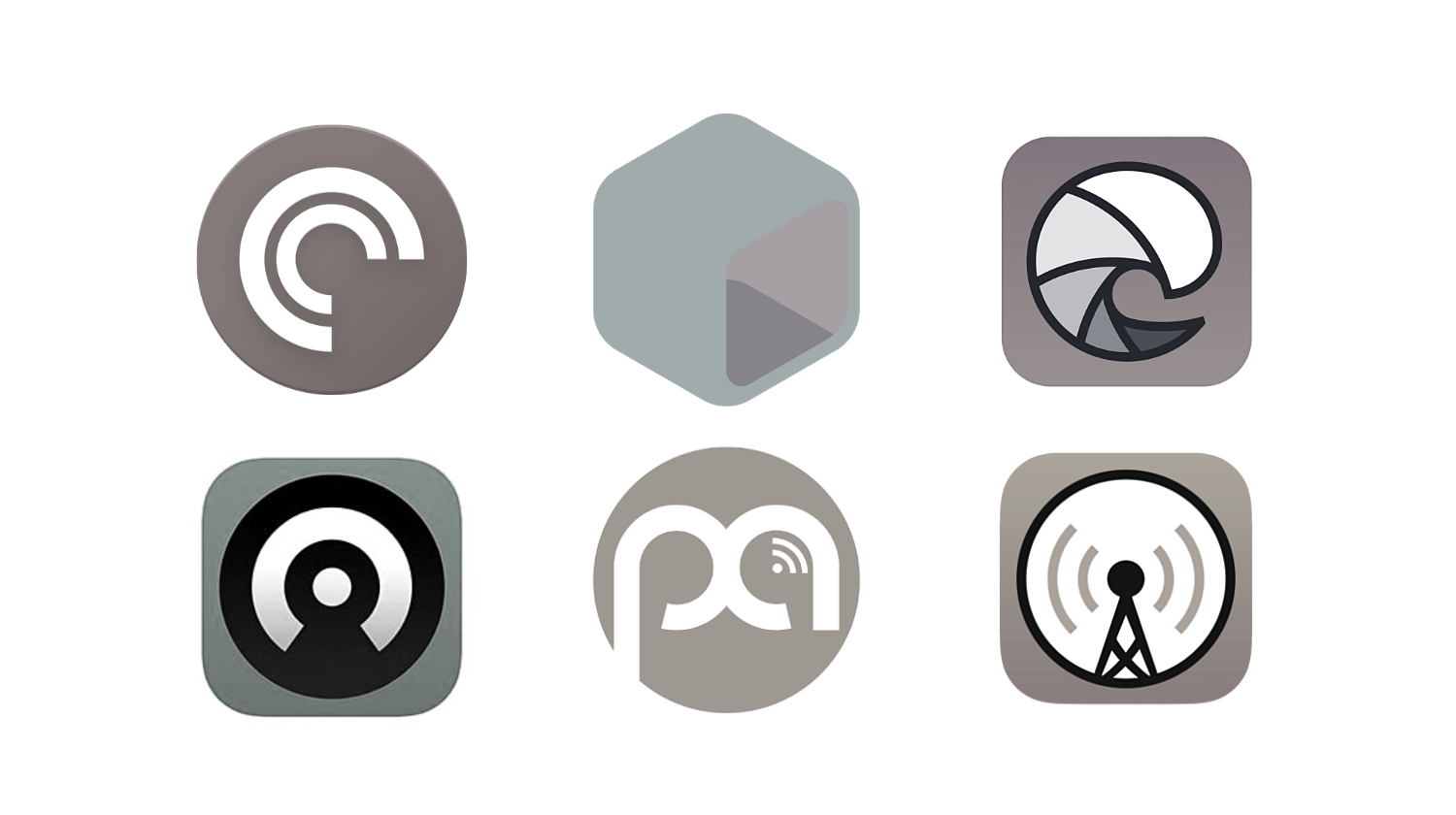Key leaders in a corporate office are debating the optimal reporting structure for the CISO, weighing the benefits of direct CEO oversight against the integration within the IT department. This narrative explores the delicate balance between innovation and security, highlighting the strategic decision-making process in a dynamic corporate environment.
Let TAPE3 read this edition of the newsletter to you 🎧 🤖 ⇩
The Scene: A Conference Room in a Corporate Office in New York City
The Characters
Ms. Emily Harris: The newly appointed CEO.
Ms. Laura Chen: The CIO, overseeing the IT department.
Mr. Alex Johnson: The CISO, in charge of information security.
As you listen to this story, be sure to follow the role you have or are interested in. It also might be worthwhile to listen once or twice more to hear what the other roles have to say. 🤔
Let’s hear from these characters to learn about who they are:
Emily Harris, CEO: "I am Emily Harris, the CEO of our company. My background is in strategic management with a strong focus on integrating technology and business. I have led various organizations through significant transformations and believe in a collaborative, forward-thinking approach to leadership. Balancing innovation and security in a fast-paced industry has always been my priority."
Laura Chen, CIO: "I’m Laura Chen, the Chief Information Officer, reporting to Emily, our CEO. My journey in IT has spanned over two decades, with extensive experience in software development, systems integration, and driving technological innovation. I pride myself on building resilient IT infrastructures that not only support but also enhance business objectives. I see security as an integral part of our IT strategy, not as a separate entity."
Alex Johnson, CISO: "My name is Alex Johnson, and I serve as the Chief Information Security Officer, reporting to Laura, our CIO. With a background in cybersecurity and risk management, I have worked in various industries, always with the goal of safeguarding sensitive information and systems. I believe in a proactive, security-first approach, ensuring that our organization's data and reputation are protected against the evolving landscape of cyber threats."
Now, let’s hear from Emily as she kicks this conversation into gear…
Emily Harris (CEO): "Good morning, Laura and Alex. It's time we critically evaluate our IT and security structures to ensure they align with our evolving business landscape. Let's discuss how we can make this alignment most effective."
Laura Chen (CIO): "Good morning, Emily. Our current setup has been functional, but I’m always open to exploring ways to optimize. Alex, your thoughts?"
Alex Johnson (CISO): "Morning, everyone. I concur with Laura. A seamless integration of our security strategy is more critical now than ever."
Emily: "As a tech and business leader with a strategic focus and years of experience, I've observed various reporting structures. Alex, considering your extensive experience in cybersecurity, how would reporting directly to me impact our security approach?"
Alex: "Reporting directly to the CEO could significantly elevate our security perspective, ensuring it's a core element of strategic decisions throughout the organization. This could be a game-changer for our security-first philosophy we’ve been working on.”
Laura: "I see the reasoning. But I want to call out that integrating security with IT is essential for cohesive operations. Separating the roles might lead to fragmented decision-making. We need a combined strategy and view.“
Emily: "That's a fair point, Laura. However, I wonder if our technological advancements might sometimes overshadow crucial security measures."
Laura: "It’s about striking a balance. I value innovation, but not at the expense of security. My collaboration with Alex has always aimed at marrying these two seamlessly."
Alex: "I agree, though there have been instances where a more pronounced security focus would have been beneficial. Direct access to you, Emily, could amplify our security concerns in strategic discussions, rooted in risk, not just reward.”
Emily: "Let’s consider a scenario. We’re implementing a new IT project. How would our decision-making process adapt in this proposed structure?"
Laura: "Currently, Alex and I jointly assess these projects. I look at integration and functionality, while Alex provides the security lens. This collaboration has been effective thus far in balancing our priorities."
Alex: "That’s accurate, but sometimes, the security aspect could use more weight in our decisions. Reporting to you, Emily, might ensure that these considerations aren’t overshadowed."
Emily: "Resource allocation is also a key factor. Laura, you’ve been handling this adeptly in our current setup."
Laura: “True. I strive for a balance in our investments. A shift in reporting might skew this balance, potentially prioritizing one aspect over another."
Alex: "While that’s a risk, the opposite—underinvestment in security—could be more detrimental. Direct reporting might ensure a more balanced allocation towards security initiatives."
Emily: "And what about accountability? In case of a security breach, how would our response differ in each structure?"
Laura: "Alex and I jointly address such challenges, leveraging our combined expertise."
Alex: "In a direct reporting structure, I could respond more autonomously to security incidents, possibly mitigating risks more effectively and reducing the damage an attack could cause. I’d argue that this autonomy is key in protecting our business when things really hit the fan.”
Emily: "These are valid arguments for a direct reporting structure. Laura, would this significantly impact day-to-day IT operations?"
Laura: "Potentially. Alex's sole focus on security could lead to missed opportunities in broader IT initiatives where his input is valuable."
Emily: "We're weighing integrated technology management against a focused security approach. Both are crucial. Collaboration remains key."
Alex: "Perhaps we could consider a dual reporting structure? Reporting to both you, Emily, and Laura could combine the benefits of both approaches."
Emily: "An intriguing idea. Laura, your thoughts?"
Laura: "That could maintain IT and security synergy, while highlighting security's importance. We’d need clear delineation of roles and responsibilities, but I’m open to exploring it."
Emily: "It seems like a balanced option. But after considering our industry—we operate in technology and our strengths lie in software development—I believe the current structure, with the CISO reporting to the CIO, remains most appropriate. It aligns with our need for agile and integrated innovation and security."
Laura: "I agree, Emily. In our industry, seamless integration is paramount. We need to keep security embedded within our IT strategy, not isolated."
Alex: "While I advocate for a distinct security focus, I understand the need for this balance in our industry."
Emily: "This decision doesn't diminish the importance of security, Alex. I expect continued close collaboration. Your insights should be integral to our IT strategy. Let's focus on identifying areas for improved collaboration and communication."
Laura: "Absolutely, Emily."
Alex: “I, too, am committed to ensuring our security strategies are well integrated. I believe we have an opportunity here to set a new standard for how technology and security work together."
Emily: "With that, let's move forward with this decision. We'll reassess periodically to ensure this reporting structure continues to serve our strategic objectives effectively."
The meeting concludes with a sense of shared purpose and a clear direction for the future. Or does it?
Alex and Laura leave Emily’s office.
Emily, taking comfort knowing she maintains a buffer between her and cyber risk, answers a call from her executive assistant looking to confirm her upcoming travel arrangements.
Laura, feeling good about keeping control over the ultimate destiny of the entire IT operational program, heads back to her office un-phased by the conversation to lead a planned DevOps meeting.
Alex, however, decides to leave early for the day. He is plagued with troubling thoughts of failure and a plan for resignation swirling throughout his brain.
Are his feelings justified?
Is a resignation the right thing to do?
How would you handle this situation?
What's your perspective on this story? Want to share it with Sean on a podcast? Let him know!
This article represents the results of an interactive collaboration between Human Cognition and Artificial Intelligence.
Sincerely, Sean Martin and TAPE3
Enjoy, think, share with others, and subscribe to "The Future of Cybersecurity" Newsletter.
Want to comment on this topic, you can connect with Sean and the community in this LinkedIn post: https://www.linkedin.com/pulse/convergence-command-redefining-cisos-position-corporate-sean-martin-u7cec
Sean Martin is the host of the Redefining CyberSecurity Podcast, part of the ITSPmagazine Podcast Network—which he co-founded with his good friend Marco Ciappelli—where you may just find some of these topics being discussed.
Or, visit Sean’s personal website.






